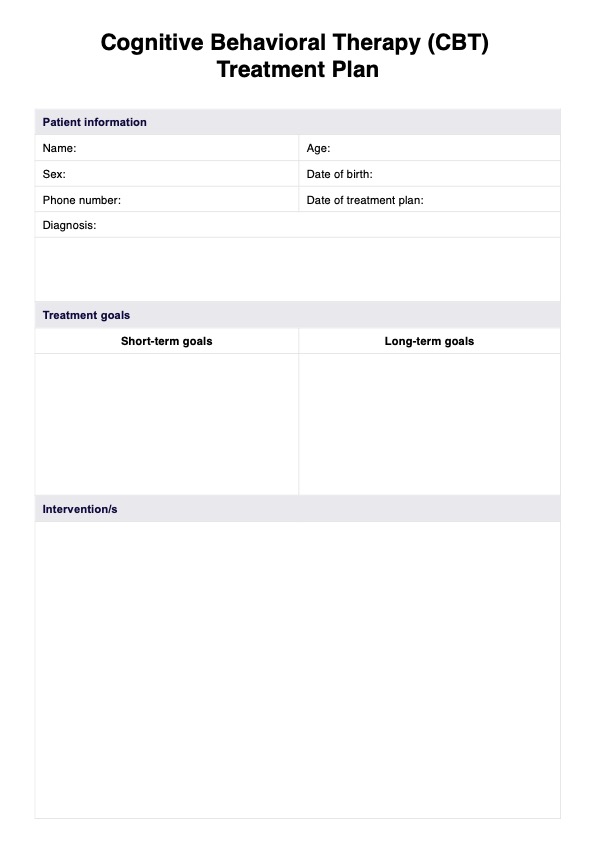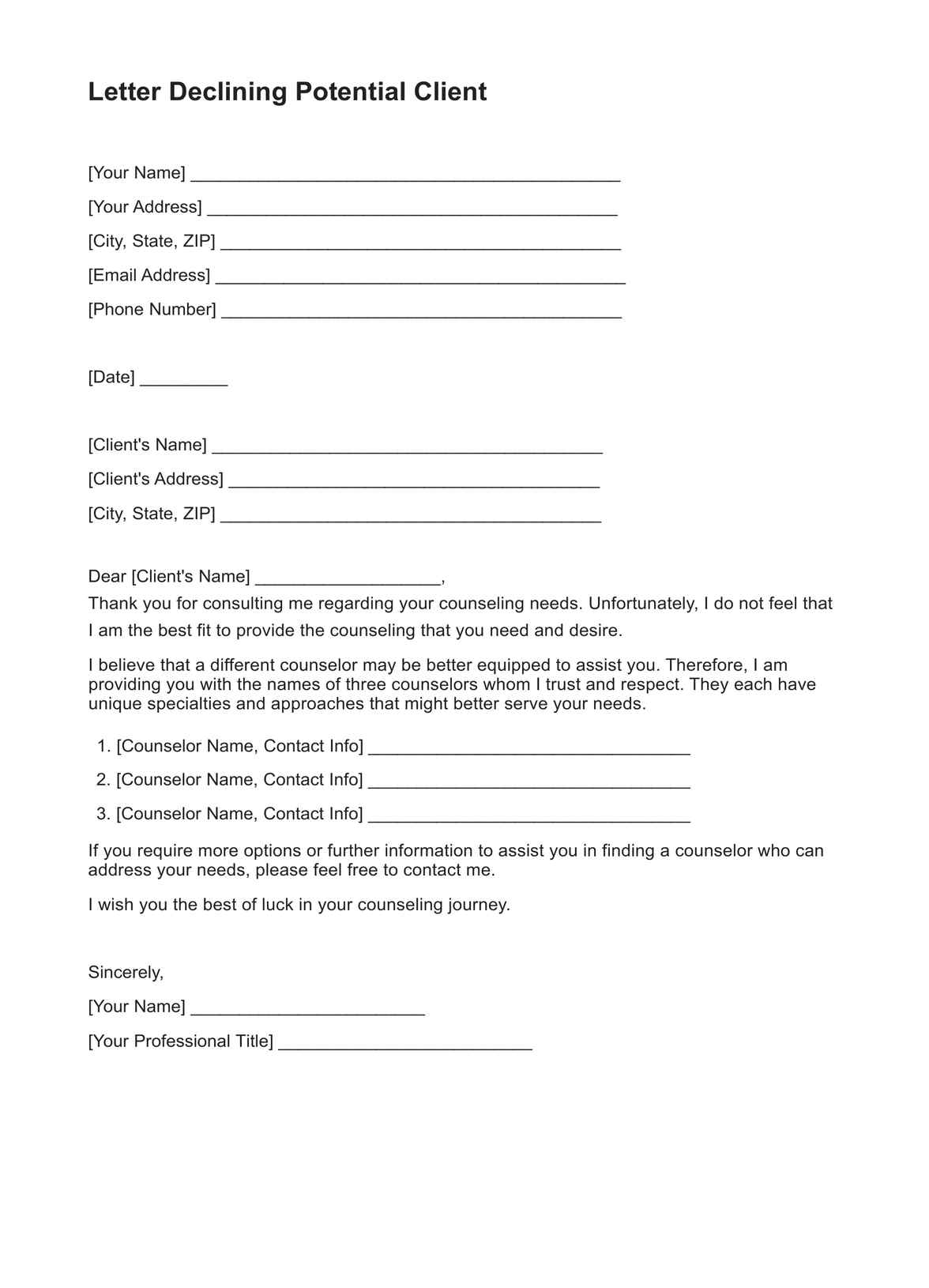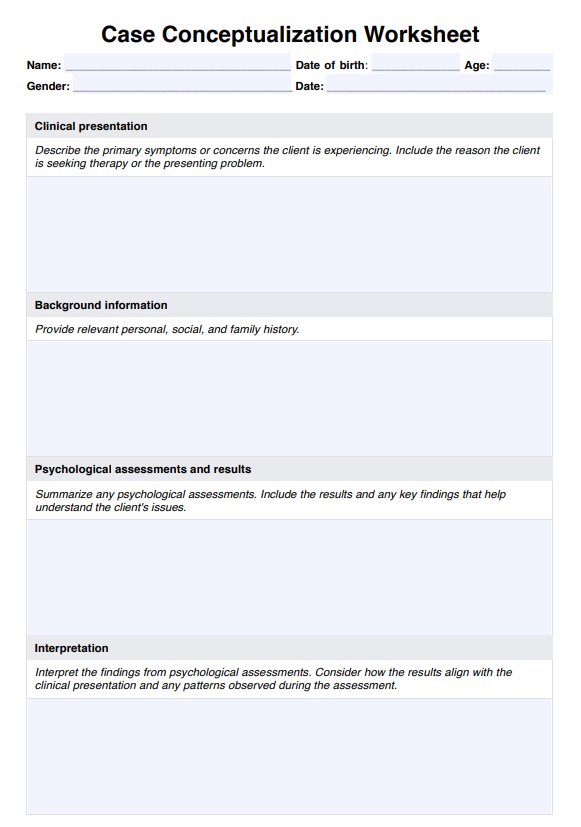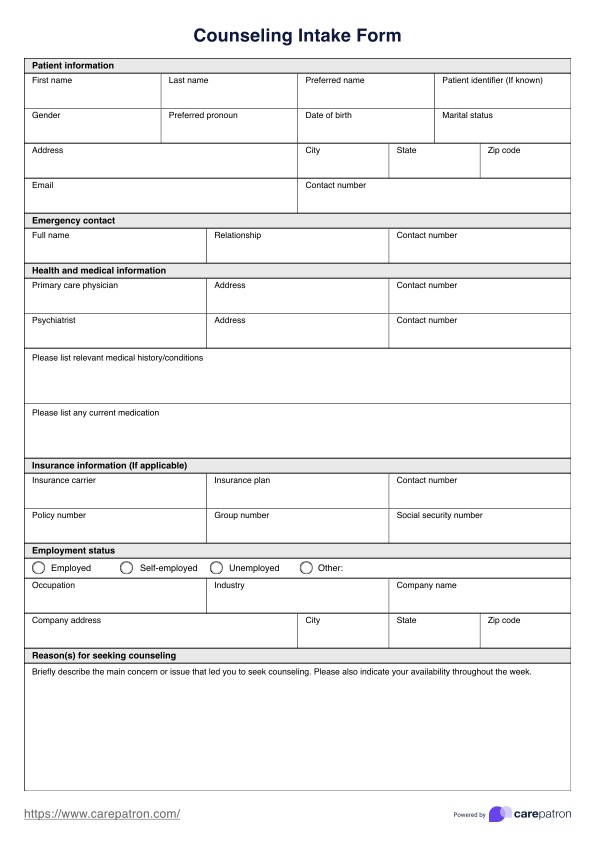Body Dysmorphic Disorder Worksheets
Learn more about body dysmorphic disorder. Get access to a free Body Dysmorphic Disorder worksheet for your mental health practice.


What is body dysmorphic disorder?
Body dysmorphic disorder (BDD) is a mental health condition characterized by an obsessive focus on perceived flaws in one's appearance and other body image concerns (Singh & Veale, 2018). These perceived flaws are often minor or invisible to others, but for someone with BDD, this negative body image can cause significant distress and impact daily functioning. Previous research also suggests that BDD can impact males, although not as frequently as it impacts young adult women (Singh & Veale, 2018).
Symptoms of BDD include these behaviors:
- Preoccupation with physical appearance, often focusing on appearance concerns and specific areas such as the skin, hair, or nose.
- Frequent checking of appearance in mirrors or avoiding mirrors altogether.
- Engaging in behaviors to fix or hide the perceived flaw, such as excessive grooming, skin picking, or seeking cosmetic procedures.
- Persistent beliefs that one's appearance is abnormal or unattractive, despite reassurances from others.
The exact cause of this body image problem is unknown, but it is believed to result from genetic, neurobiological, environmental, and psychological factors. Factors that may increase the risk of developing BDD include:
- A family history of BDD or obsessive-compulsive disorder (OCD).
- Personality traits such as perfectionism.
- Experiences of bullying or teasing related to appearance.
- Exposure to societal pressures or ideals related to beauty and appearance.
BDD can have serious consequences on both mental and physical health. It is associated with high levels of social anxiety, and depression, which can significantly impact a person's well-being. The disorder often leads to social isolation and difficulties in relationships, as individuals may avoid social situations due to their concerns about their appearance. In addition, BDD can impair academic or occupational functioning, making it challenging for individuals to concentrate on tasks or perform well in their studies or jobs. Furthermore, there is an increased risk of suicide among those with BDD, highlighting the importance of early diagnosis and effective treatment.
Mental health professionals diagnose BDD based on specific criteria, including an excessive preoccupation with perceived physical defects and repetitive behaviors related to appearance. A thorough assessment is necessary to differentiate BDD from other disorders, such as OCD or eating disorders, and to determine the severity of the condition.
Mental health practitioners may suggest therapies that can support individuals, such as CBT which helps clients challenge negative predictions about their appearance this improves body image. Other therapies that focus on body functionality may also support individuals.
Body Dysmorphic Disorder Worksheets Template
Body Dysmorphic Disorder Worksheets Example
What is a Body Dysmorphic Disorder Worksheet?
A Body Dysmorphic Disorder Worksheet is a therapeutic tool designed to help individuals with BDD understand and manage their symptoms. Worksheets provide a structured framework for patients to explore their thoughts, feelings, and behaviors related to their perceived physical flaws.
By working through the worksheet, individuals can gain insight into the nature of their disorder, identify cognitive distortions, and develop coping strategies to reduce the impact of BDD on their daily lives.
Different body Dysmorphic Disorder Worksheets typically include sections on understanding BDD, identifying and challenging distorted thoughts, recording and modifying behaviors, developing relaxation techniques, setting goals, and reflecting on progress. These components are carefully crafted to guide patients through self-exploration and recovery to improve their mental health and the quality of their daily lives together.
How does our Body Dysmorphic Disorder Worksheet work?
Our Body Dysmorphic Disorder Worksheet is designed to provide a comprehensive and user-friendly approach to managing BDD. It combines evidence-based techniques with practical exercises to help patients and mental health professionals navigate the complexities of the BDD itself.
Step 1: Access the template
The first step is to access the worksheet template available by clicking "Use template." This action lets you customize the worksheet via the Carepatron app. For a PDF copy, just choose "Download."
Step 2: Explain the template
Take the time to explain the purpose and structure in different ways of the worksheet to their patients. This includes discussing the different sections of the worksheet and how they relate to managing BDD symptoms.
Step 3: Learn more about BDD in the first template section
Patients are encouraged to describe their experiences with BDD in their own words and list specific areas of concern. This helps establish a baseline understanding of the disorder.
Step 4: Record BDD thoughts and behaviors
Ask your patients to note down any BDD-related thoughts and behaviors, along with the situations in which they occur. This section helps identify patterns-related behaviors and triggers.
Step 5: Challenge BDD thoughts
Then, help your patients identify and reframe distorted thoughts using the provided glossary of cognitive distortions, promoting self-acceptance and a more balanced perspective.
Step 6: Develop coping strategies
Patients can experiment with different relaxation techniques and positive activities to find what works best for managing stress and BDD thoughts.
Step 7: Set and review goals
Setting achievable short-term and long-term goals helps patients focus on their recovery journey. Regular reflection on progress and challenges is crucial for ongoing improvement.
Benefits of using this worksheet
Body Dysmorphic Disorder (BDD) Worksheets offer several advantages for both mental health professionals and their patients. These benefits include:
Improved communication
The worksheet provides a structured format for patients to express their thoughts and feelings about their negative body image. This can help therapists better understand their patients' perspectives and tailor their treatment approaches accordingly.
Enhanced self-awareness
By regularly completing the worksheet, patients can become more aware of their thought patterns and triggers of anxiety related to BDD. This increased self-awareness is crucial for managing and overcoming the disorder.
Tracking progress
The worksheet can monitor changes in symptoms and attitudes over time. This can motivate patients and provide valuable feedback for therapists about the effectiveness of treatment strategies.
Supplementing therapy
The worksheet can be a valuable supplement to traditional therapy sessions. It can provide additional insights and opportunities for reflection outside of therapy, helping patients to integrate what they learn into their daily lives.
Facilitating homework assignments
Therapists can assign the worksheet as homework, encouraging patients to actively engage with other issues in their treatment and practice coping strategies between sessions.
Overall, this Body Dysmorphic Disorder Worksheet is a valuable tool for treating BDD. It offers benefits that can enhance the therapeutic process and contribute to more positive patient outcomes.
Reference
Singh, A. R., & Veale, D. (2018). Understanding and treating positive body image dysmorphic disorder. Indian Journal of Psychiatry, 61(Suppl 1), S131. https://doi.org/10.4103/psychiatry.IndianJPsychiatry_528_18
Commonly asked questions
Yes, body dysmorphia significantly affects self-esteem and how individuals perceive themselves, often leading them to see flaws or defects in their appearance that are not noticeable to others.
Body dysmorphic disorder is caused by genetic, neurobiological, environmental, and psychological factors. It often co-occurs with other mental health conditions, such as low self-esteem, anxiety, and depression.
People cope with body dysmorphia through therapy, medication, self-care practices, exercises, and support groups. Cognitive-behavioral therapy (CBT) is especially effective in addressing symptoms and promoting positive body image characteristics.


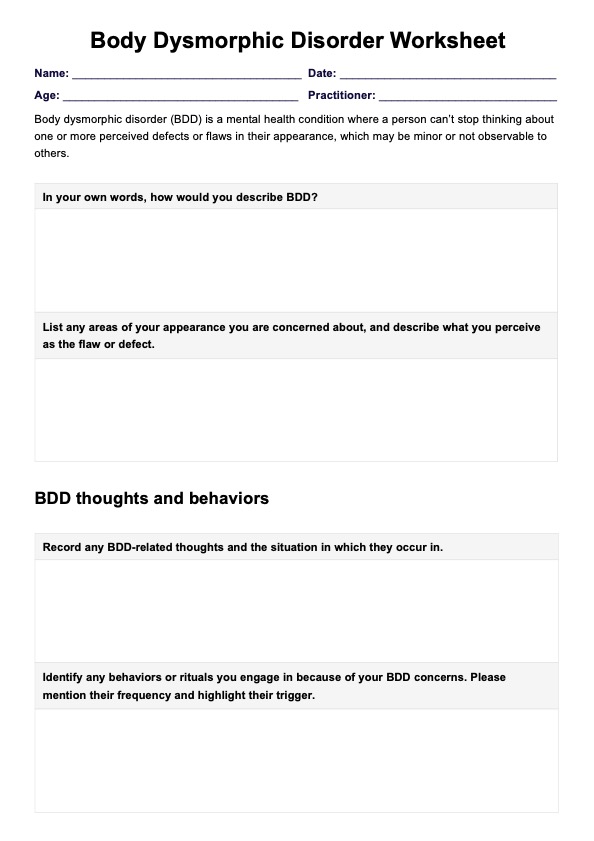
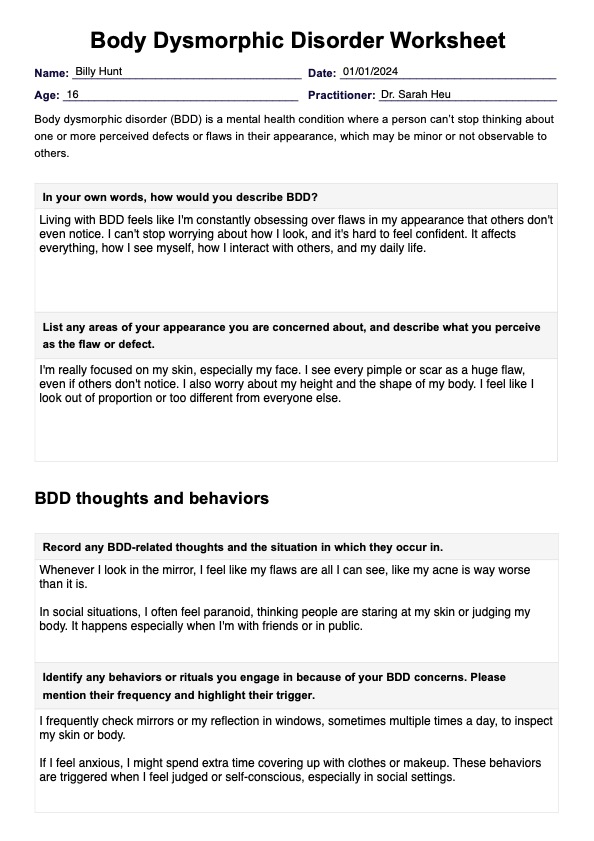
















-template.jpg)




















































































